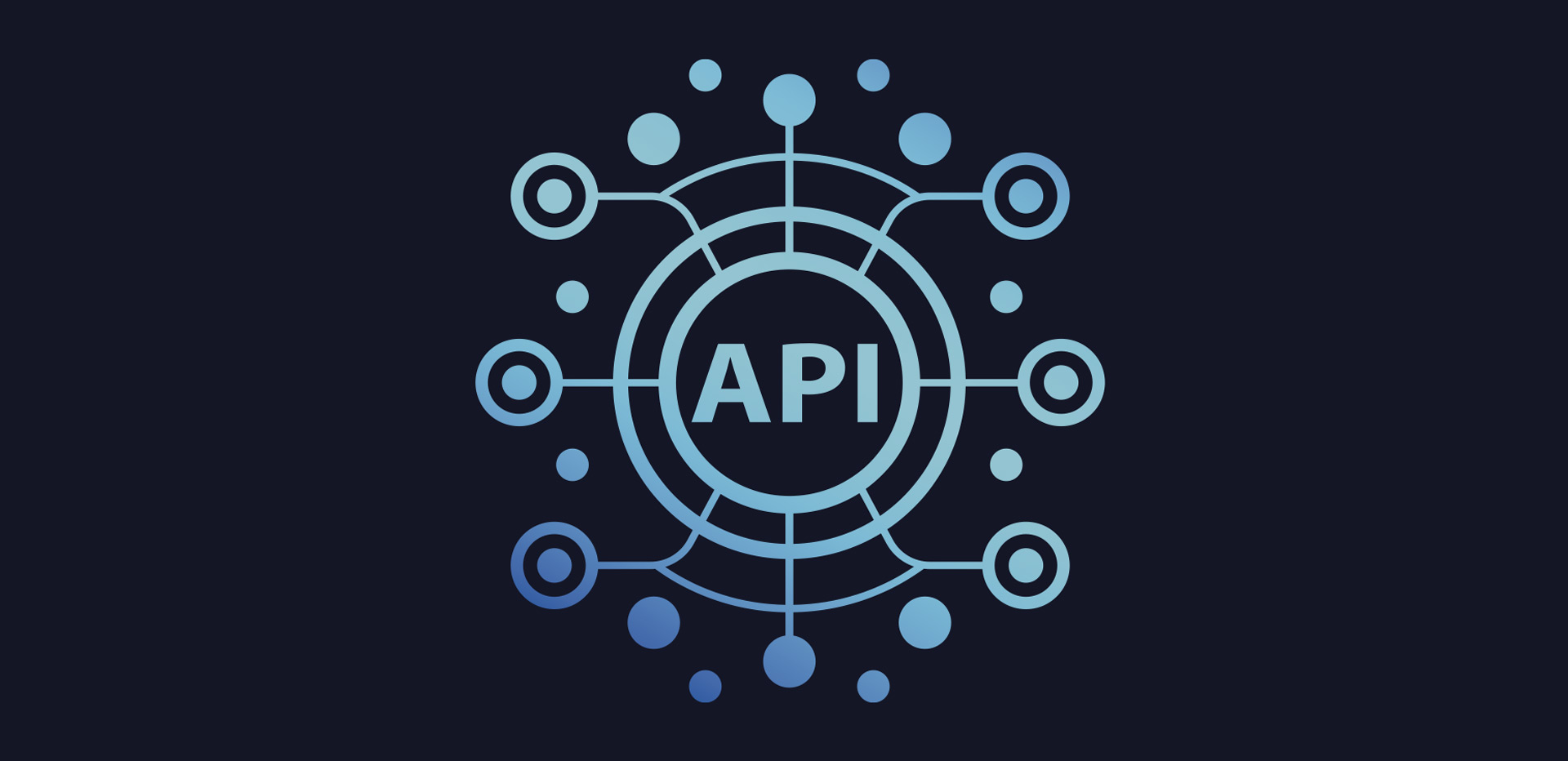This article discusses how modern workflows that support interactive patient functionality and remote patient monitoring can be integrated with the legacy infrastructure prevalent in many healthcare organizations. While the legacy world is utilizing the HL7 v2 standard, modern applications require HL7 FHIR. However, it is possible to seamlessly bridge between the two worlds and accomplish the goals of modern healthcare systems without a need to rip-and-replace reliable and scalable extant infrastructure. Connected Healthcare nowadays reaches far beyond connecting systems inside a hospital or between professional care providers, it involves also connecting with the patient and a wider social community to accomplish better prevention and health outcomes.
By Heinz Joerg Schwarz[1]
I. INTRODUCTION
The meaning of “Connected Healthcare” is constantly evolving. In the late 1980s and early 1990s, when Health Level Seven (“HL7”) was launched, connected healthcare essentially meant that essential patient information could be exchanged between the patient registration system and the laboratory and radiology system. Fast forward to 2022, and we are still using primarily HL7 v2, a standard that was first published in 1988, to transact over 90 percent of healthcare data transactions among hundreds of applications in thousands of organizations worldwide. In an environment where value-based care gains momentum elevating the value of data higher and higher, connected hea
...THIS ARTICLE IS NOT AVAILABLE FOR IP ADDRESS 216.73.216.23
Please verify email or join us
to access premium content!

